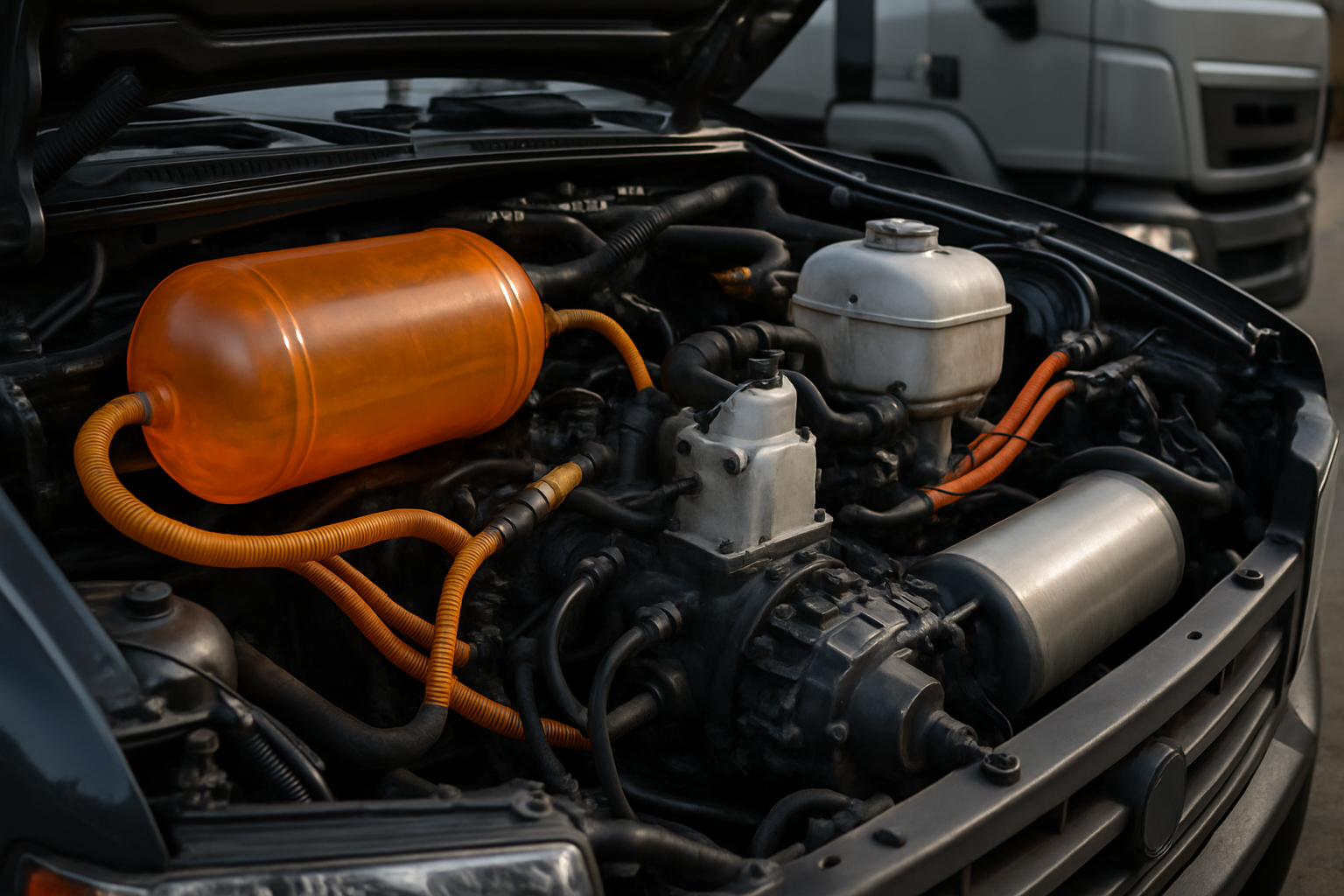Understanding Proactive Car Maintenance and Vehicle Inspections
Keeping your vehicle in optimal condition requires more than just responding to problems as they arise. Proactive car maintenance involves regular inspections, scheduled service appointments, and attention to your vehicle's needs before minor issues become major repairs. This approach not only extends the lifespan of your car but also enhances safety, improves fuel efficiency, and helps you avoid costly breakdowns. By understanding the fundamentals of preventive care and routine vehicle inspections, drivers across the United States can make informed decisions that protect their investment and ensure reliable transportation for years to come.

What Does Proactive Car Maintenance Include?
Proactive car maintenance encompasses a comprehensive approach to vehicle care that goes beyond simply changing the oil when the dashboard light appears. This strategy includes regular inspections of critical systems such as brakes, tires, fluid levels, filters, belts, hoses, and battery health. It also involves following the manufacturer’s recommended service schedule, which typically outlines specific maintenance tasks at various mileage intervals. By addressing potential issues early, drivers can prevent unexpected failures that might leave them stranded or facing expensive repair bills. Regular maintenance also helps maintain warranty coverage and preserves resale value.
Why Is Regular Vehicle Inspection Important?
Regular vehicle inspections serve as the foundation of proactive car maintenance in the USA. These examinations allow trained technicians to identify worn components, fluid leaks, alignment issues, and other concerns before they compromise vehicle performance or safety. Many states require annual or biennial safety inspections to ensure vehicles meet minimum standards for roadworthiness. Beyond legal requirements, voluntary inspections provide peace of mind and help drivers plan for upcoming repairs. Early detection of problems like brake pad wear, tire tread depth issues, or exhaust system deterioration can prevent accidents and reduce the likelihood of being stranded due to mechanical failure.
How Often Should You Schedule Maintenance Checks?
The frequency of maintenance checks depends on several factors, including vehicle age, mileage, driving conditions, and manufacturer recommendations. Most experts suggest a comprehensive inspection at least once per year or every 12,000 to 15,000 miles, whichever comes first. However, vehicles used in severe conditions such as frequent short trips, extreme temperatures, dusty environments, or stop-and-go traffic may require more frequent attention. Oil changes typically occur every 3,000 to 7,500 miles depending on oil type and engine specifications. Tire rotations are recommended every 5,000 to 7,500 miles, while brake inspections should happen at least annually. Keeping detailed maintenance records helps track service history and ensures nothing is overlooked.
What Are Common Signs Your Vehicle Needs Attention?
Vehicles often provide warning signs when maintenance is needed. Unusual noises such as squealing brakes, grinding sounds, or knocking from the engine should never be ignored. Dashboard warning lights indicate specific system problems that require immediate attention. Changes in vehicle behavior like pulling to one side, vibrations, difficulty starting, reduced fuel economy, or decreased performance all signal potential issues. Fluid leaks visible under the parked vehicle, whether oil, coolant, transmission fluid, or brake fluid, require prompt investigation. Unusual odors such as burning smells, exhaust fumes inside the cabin, or sweet coolant scents also indicate problems. Addressing these signs quickly through proactive maintenance prevents minor issues from escalating into major repairs.
Understanding Maintenance Costs and Service Options
The cost of proactive car maintenance in the US varies significantly based on vehicle type, service provider, geographic location, and specific services required. Basic oil changes typically range from 30 to 75 dollars at quick-service locations, while dealership services may cost more but often include multi-point inspections. Comprehensive annual inspections without repairs generally cost between 50 and 150 dollars. Tire rotations average 20 to 50 dollars, though many shops offer this service free with tire purchases. Brake inspections are often complimentary, with pad replacement ranging from 150 to 300 dollars per axle. Timing belt replacement, a critical preventive service, can cost 500 to 1,000 dollars depending on vehicle complexity.
| Service Type | Typical Provider | Cost Estimation |
|---|---|---|
| Basic Oil Change | Quick-service centers, dealerships | 30 to 75 dollars |
| Comprehensive Inspection | Independent mechanics, dealerships | 50 to 150 dollars |
| Tire Rotation | Tire shops, service centers | 20 to 50 dollars |
| Brake Pad Replacement | Auto repair shops, dealerships | 150 to 300 dollars per axle |
| Timing Belt Replacement | Dealerships, specialized mechanics | 500 to 1,000 dollars |
| Battery Replacement | Auto parts stores, service centers | 100 to 250 dollars |
Prices, rates, or cost estimates mentioned in this article are based on the latest available information but may change over time. Independent research is advised before making financial decisions.
Building a Long-Term Maintenance Strategy
Developing a sustainable maintenance strategy involves understanding your vehicle’s specific needs and establishing relationships with trusted service providers. Start by consulting your owner’s manual for the manufacturer’s recommended maintenance schedule, which outlines precisely when various services should be performed. Create a maintenance calendar or use digital tools to track upcoming service dates and mileage milestones. Consider the total cost of ownership when budgeting for vehicle expenses, setting aside funds regularly for both routine maintenance and unexpected repairs. Choosing between dealership service, independent mechanics, or specialized chains depends on factors like warranty status, vehicle complexity, and personal preferences. Building a relationship with a reliable technician who understands your vehicle’s history provides consistency and often leads to better service. Proactive car maintenance ultimately represents an investment in safety, reliability, and long-term value that pays dividends throughout your vehicle’s lifespan.




